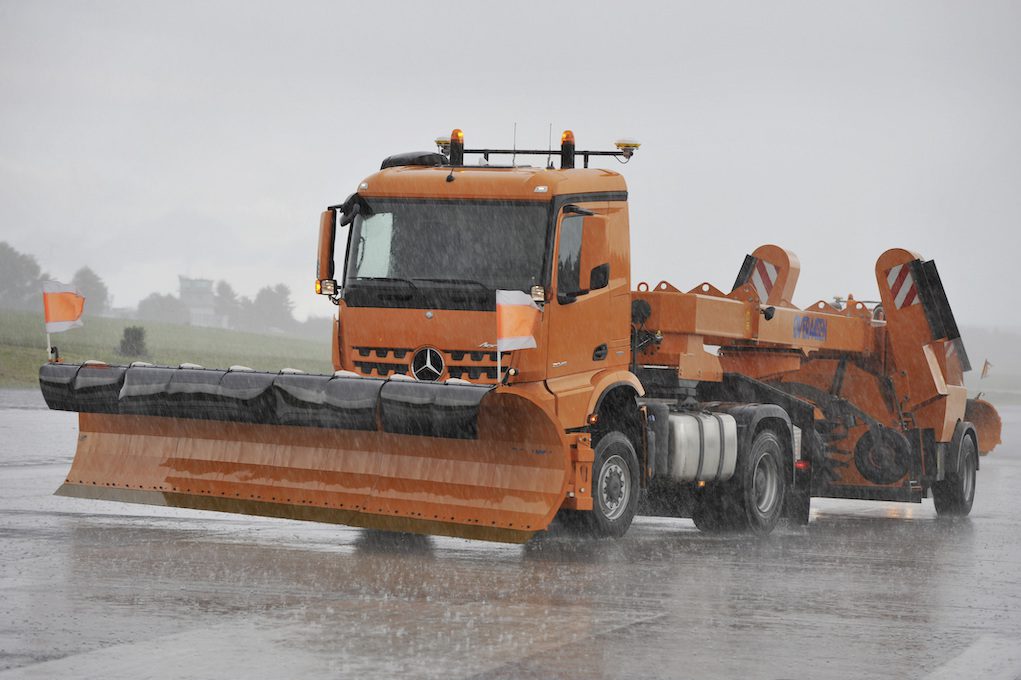Airports See a Driverless Future Across the Tarmac

Skift Take
We may soon see more driverless vehicles on airport ramps. It's easy to call this a safety risk. It might be. But human drivers have accidents, too.
Nearly 50 years after the first airport automated people mover — that’s transport lingo for a driverless train — debuted at Tampa International, humans still handle most functions on the airfield, such as moving bags, pushing back planes, clearing ice and snow, and driving buses.
Within a decade, that may change. Several companies want to persuade airlines and airports to invest in the next generation of automated vehicles, promising they can reduce costs and boost efficiency, without compromising safety. They’re developing driverless snowplows, baggage tractors, and buses, and some should be ready within three to 10 years.
“It is so much money today to operate with drivers,” said Jérôme Riguad, chief operating officer of the French company Navya, maker of commercial automated vehicles. “It is so much money they want to spend differently. They are pushing very hard to make it work as fast as possible.”
Widespread adoption won’t come this year or next. But while car manufacturers know driverless technology is not ready for major roadways or highways, companies like Navya argue earlier-generation commercial automated vehicles might work better at airports than on regular streets.
Here’s why: Airports are complex, but they’re more controlled environments than a typical roadway. Cars, trucks, and tractors drive at slow speeds — the speed limit at Chicago O’Hare is 20 miles per hour — making high-speed accidents unlikely. Airport vehicles also generall
